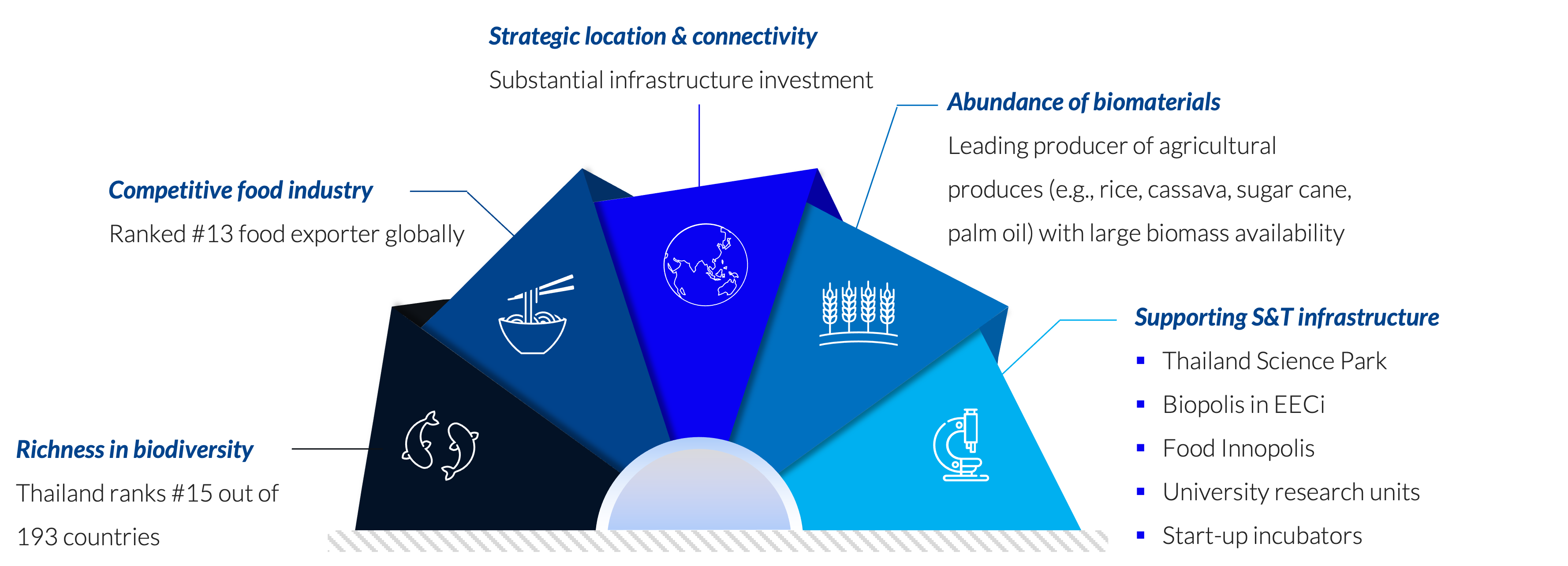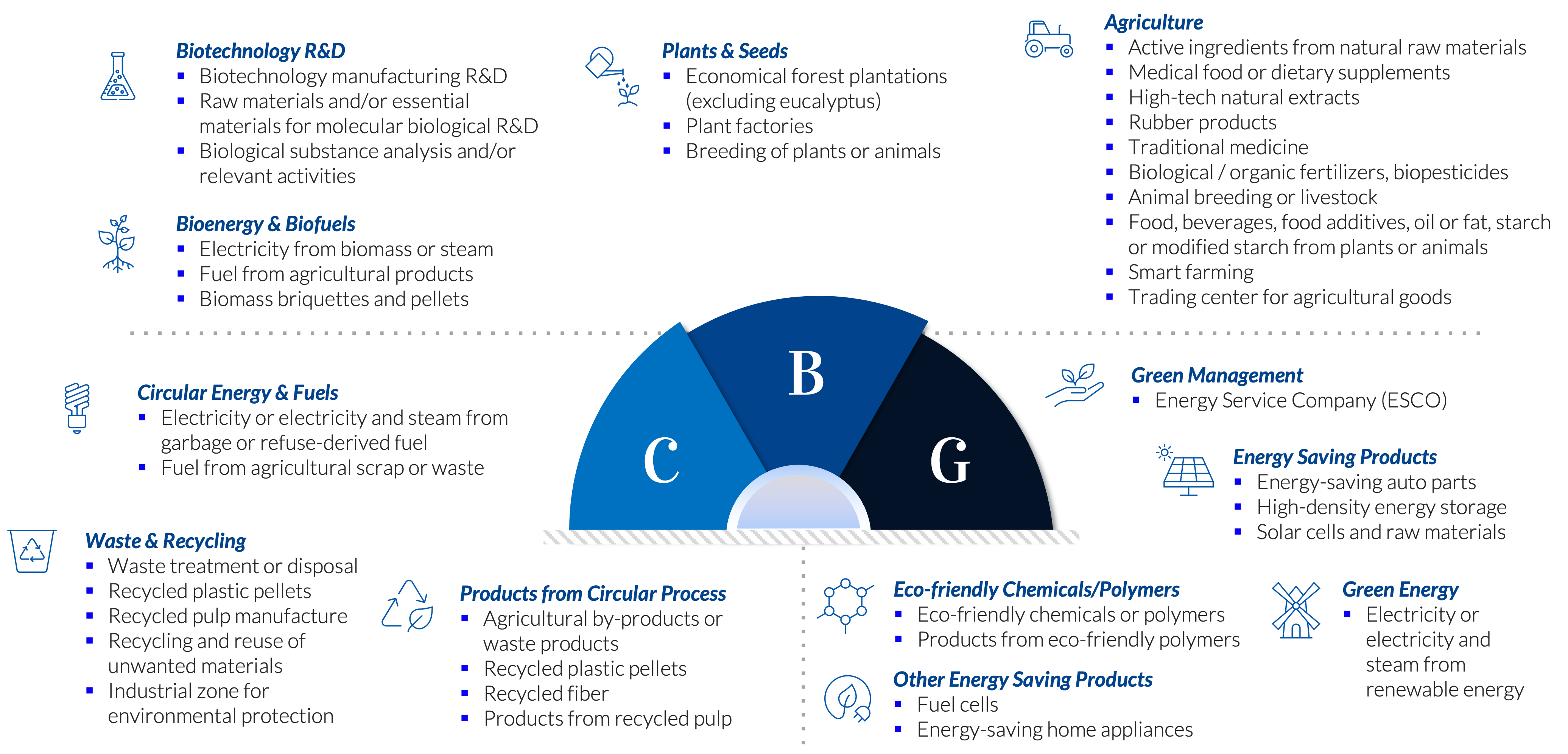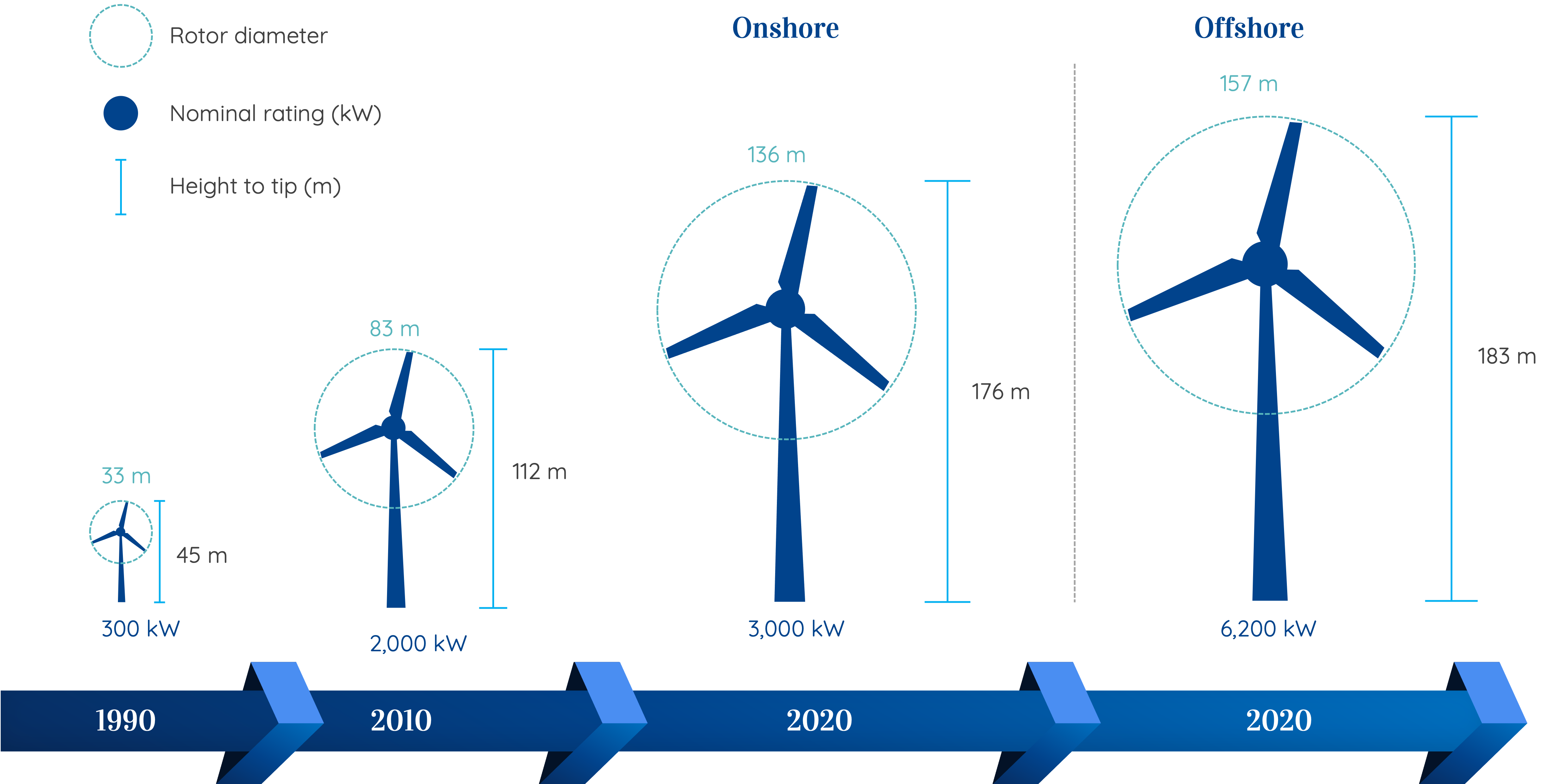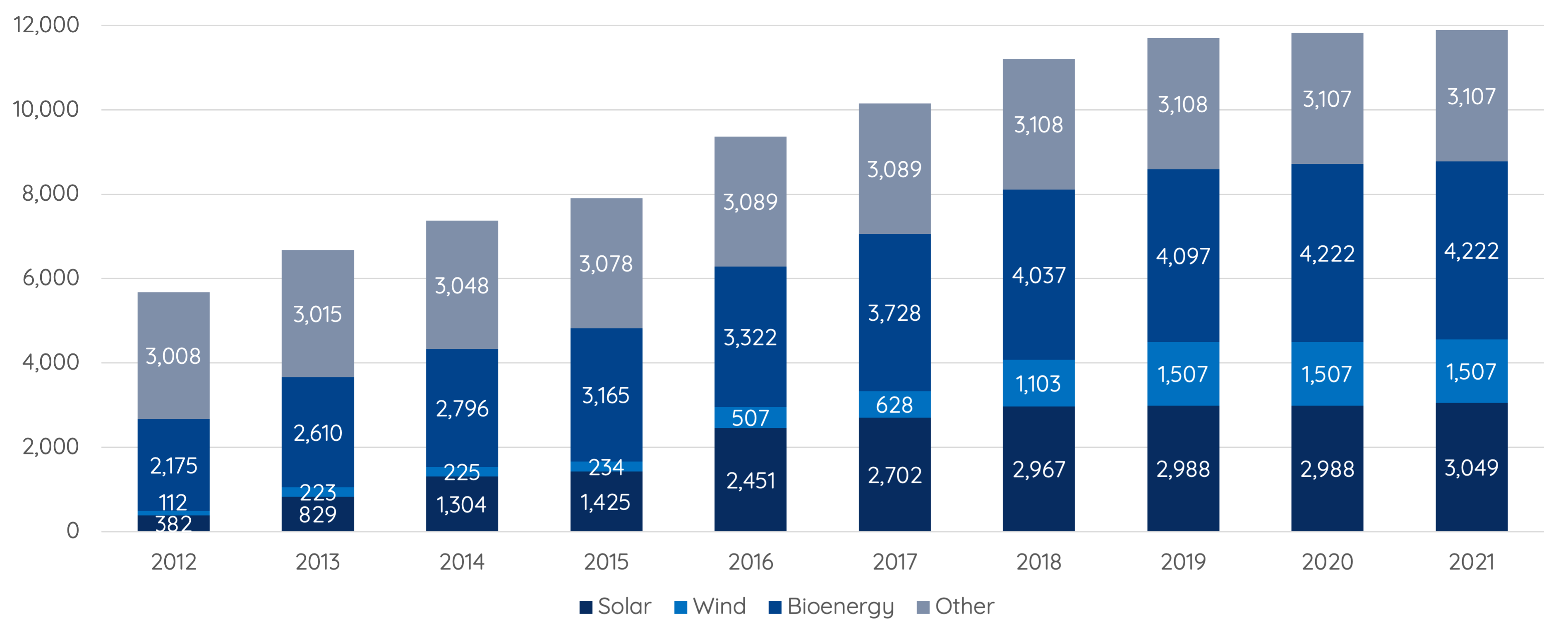The global community is facing pressing challenges such as climate change, resource scarcity, and social inequality. In response, the concept of a Bio-Circular Green (BCG) economy has emerged as a promising framework to address these issues while promoting sustainable development. Given these circumstances, it is imperative to examine the bio-circular green economy model within the context of public-private partnerships (PPPs), capital projects, and infrastructure, and to highlight the integration of environmental sustainability, circularity, and collaborative efforts between the public and private sectors.
Understanding the Bio-Circular Green Economy Model
The bio-circular green economy model is centered around three interrelated principles: bio, circular, and green. The bio aspect emphasizes the sustainable use of biological resources and processes, such as biomass and bio-based products. It promotes the preservation of ecosystems, the responsible management of natural resources, and the development of bioenergy.
The circular principle aims to minimize waste and maximize resource efficiency. It advocates for the design of products and systems that can be repaired, reused, or recycled, creating closed-loop systems. The circular economy approach reduces reliance on finite resources and minimizes environmental degradation.
The green aspect of the model focuses on reducing environmental impacts and promoting sustainable practices. It involves the adoption of clean technologies, energy efficiency measures, and the reduction of greenhouse gas emissions. Green initiatives prioritize environmental stewardship, climate change mitigation, and the protection of ecosystems.

Figure 1. Adopting the Bio-Circular-Green Economic Model in Thailand.
The Role of Public-Private Partnerships
Public-private partnerships play a crucial role in implementing the bio-circular green economy model. These collaborations leverage the strengths and resources of both sectors, fostering innovation, and mobilizing the necessary investment for sustainable development.
In the context of capital projects and infrastructure, PPPs facilitate the development and financing of initiatives aligned with the bio-circular green economy model. Governments partner with private companies, non-governmental organizations (NGOs), and other stakeholders to design and implement sustainable projects. Examples include renewable energy generation, waste management systems, sustainable transportation, and eco-friendly buildings.
PPPs bring together the expertise and resources of both sectors, enabling efficient project delivery and risk-sharing. Governments provide regulatory frameworks, policy support, and access to public funding. Private entities contribute technical know-how, innovation, and capital investment. This collaborative approach increases the scalability and replicability of sustainable projects, accelerating the transition to a bio-circular green economy.
Integration in Capital Projects and Infrastructure
The bio-circular green economy model has significant implications for capital projects and infrastructure development. It requires the incorporation of sustainability principles throughout the project lifecycle, from design to operation.
In green infrastructure projects, sustainability considerations are paramount. For instance, sustainable transportation systems prioritize energy efficiency, low-carbon fuels, and multimodal options. Smart cities integrate renewable energy sources, energy-efficient buildings, and intelligent transportation networks. These projects aim to reduce greenhouse gas emissions, enhance resource efficiency, and improve quality of life.
Capital projects must embrace circular design principles to minimize waste and promote resource conservation. Construction materials and methods should prioritize durability, recyclability, and the use of environmentally friendly materials. Projects can also incorporate circular waste management systems to maximize material recovery and minimize disposal.
The bio-circular green economy model emphasizes the importance of nature-based solutions in infrastructure development. Green infrastructure, such as green roofs, rainwater harvesting systems, and urban forests, contributes to biodiversity conservation, climate resilience, and the enhancement of ecosystem services.
Furthermore, stakeholder engagement and social inclusivity are vital in capital projects and infrastructure development. The model encourages collaboration with local communities, indigenous peoples, and other relevant stakeholders to ensure that projects align with their needs, values, and aspirations. Social impact assessments and community involvement help address social inequalities and promote equitable development.
Benefits and Challenges
The bio-circular green economy model offers numerous benefits. It promotes sustainable economic growth, job creation, and improved resource efficiency. The integration of renewable energy sources reduces dependency on fossil fuels and mitigates climate change. Circular design principles minimize waste and increase the lifespan of products and infrastructure. Collaboration between the public and private sectors leverages resources, expertise, and innovation, driving the transition towards a sustainable future.
However, implementing the bio-circular green economy model also presents challenges. Financing sustainable projects can be a significant hurdle, requiring innovative funding mechanisms and long-term investment commitments. Regulatory frameworks must be aligned with sustainability goals, and policy coordination across different sectors is crucial. Stakeholder engagement and capacity building are essential for successful implementation. Additionally, addressing social and environmental justice concerns is vital to ensure equitable outcomes for all.

Figure 2. Opportunities Under the BCG Economy.
Case Studies: Implementation of the BCG Economy Model in ASEAN and Thailand
1. Agricultural Sector
In ASEAN:
✓ The Sustainable Agriculture Network (SAN) in ASEAN promotes sustainable agricultural practices, including organic farming, agroforestry, and integrated pest management.
✓ The ASEAN Integrated Food Security Framework encourages the adoption of bio-circular principles in agricultural production to enhance food security while minimizing environmental impacts.
In Thailand:
✓ The Sufficiency Economy Philosophy (SEP) in Thailand emphasizes sustainable agriculture practices, including organic farming, community-based farming, and agroecology.
✓ The “New Theory” agricultural approach in Thailand focuses on the integration of livestock, crops, and renewable energy systems to create circular and self-sustaining agricultural models.
✓ The promotion of bio-based products derived from agricultural waste and by-products, such as bioplastics made from cassava starch, is gaining momentum.
2. Energy Sector
In ASEAN:
✓ The ASEAN Plan of Action for Energy Cooperation aims to enhance energy efficiency, promote renewable energy, and reduce greenhouse gas emissions in the region.
✓ The development of bioenergy and biogas projects utilizing agricultural waste and biomass resources is encouraged across ASEAN countries.
In Thailand:
✓ Thailand’s Alternative Energy Development Plan sets targets for increasing the share of renewable energy in the country’s energy mix.
✓ The Thai government’s support for solar energy projects, including rooftop solar installations and solar farms, promotes clean energy generation.
✓ The use of biomass and waste-to-energy technologies, such as biogas and biomass power plants, contributes to the circular utilization of organic waste and reduces dependence on fossil fuels.
3. Capital Projects and Infrastructure
In ASEAN:
✓ The ASEAN Smart Cities Network promotes the development of smart and sustainable cities by integrating technology, energy efficiency, and circular economy principles.
✓ Infrastructure projects in ASEAN increasingly prioritize sustainability aspects, such as green buildings, sustainable transportation systems, and resilient infrastructure designs.
In Thailand:
✓ The development of the Eastern Economic Corridor (EEC) in Thailand incorporates sustainable principles, including the use of renewable energy, green buildings, and smart transportation systems.
✓ The “Bike for Mom” and “Bike for Dad” initiatives in Thailand encourage sustainable transportation by promoting cycling as an alternative mode of commuting.
✓ The expansion of mass transit systems, such as the Bangkok Mass Transit System (BTS) and Mass Rapid Transit (MRT) lines, aims to improve urban mobility and reduce carbon emissions.
Implementation of the BCG Economy Model in Renewable Energy Projects in Thailand
Thailand has made significant strides in promoting renewable energy, particularly in the wind and solar power sectors. The country has been actively implementing the bio-circular green economy model in these areas, focusing on sustainability, resource efficiency, and collaboration.

Figure 3. Evolution of installed wind turbine sizes.
1. Wind Power Projects
Thailand has experienced a notable increase in wind power installations over the past decade, driven by the government’s support for renewable energy. The bio-circular green economy model has been incorporated into wind power projects through:
a) Sustainable Site Selection: Wind power projects are developed after careful consideration of environmental factors, including wind resource assessments, wildlife conservation, and community engagement. Projects are designed to minimize ecological impacts and ensure sustainable land use practices.
b) Circular Economy Practices: Wind turbine components and materials are increasingly being designed for circularity. End-of-life turbines are dismantled and recycled, with a focus on recovering valuable materials such as metals and composites. This reduces waste generation and promotes resource efficiency.
c) Community Participation: Public engagement and participation are crucial in wind power projects. Local communities are involved in the decision-making process, and benefit-sharing mechanisms are established to ensure their active involvement and equitable distribution of benefits.
2. Solar Power Projects
Thailand has experienced remarkable growth in solar power installations, particularly in the form of utility-scale solar farms, rooftop solar panels, and community solar projects. The bio-circular green economy model is being applied in the solar power sector through:
a) Sustainable Siting and Design: Solar power projects prioritize the use of degraded land, rooftops, and other non-agricultural areas to minimize land-use conflicts. The design and installation of solar panels consider resource efficiency and recycling potential.
b) Circular Economy in Manufacturing: Solar panel manufacturers are increasingly adopting circular economy principles by implementing recycling programs for end-of-life solar panels. This allows for the recovery and reuse of valuable materials, reducing environmental impacts.
c) Integration with Energy Storage: The coupling of solar power with energy storage technologies, such as batteries, enables better utilization of renewable energy resources and supports grid stability. This integration contributes to the circular use of energy and enhances the reliability of solar power systems.
3. Biomass Power Plants
Thailand has seen significant growth in biomass power plants, utilizing agricultural residues, such as rice husks, sugarcane bagasse, and palm oil residues, as feedstock. The bio-circular green economy model is applied in these projects through:
a) Sustainable Feedstock Sourcing: Biomass power plants in Thailand prioritize the use of agricultural residues that would otherwise be discarded or burned openly. This reduces waste generation and environmental pollution while maximizing resource efficiency.
b) Circular Economy Practices: Biomass residues are collected, processed, and used as fuel for power generation. After combustion, the resulting ash is often used as fertilizer, completing the circular loop and minimizing waste.
c) Social and Economic Benefits: Biomass power plants create opportunities for local farmers and communities by providing a market for agricultural residues. This supports rural development, generates income, and contributes to sustainable livelihoods.
4. Biogas Projects
Thailand has also witnessed the implementation of biogas projects, particularly in the agricultural sector. These projects convert organic waste, such as livestock manure and food waste, into biogas for electricity generation. The bio-circular green economy model is incorporated in biogas projects through:
a) Waste-to-Energy Conversion: Biogas projects in Thailand help address the issue of organic waste management by converting it into valuable energy resources. This reduces methane emissions from waste and replaces fossil fuel-based electricity generation.
b) Nutrient Recovery: The residue from the biogas production process, known as digestate, is rich in nutrients and can be used as organic fertilizer. This promotes sustainable agriculture practices and reduces reliance on chemical fertilizers.
c) Community Engagement: Biogas projects often involve collaboration with local farmers and communities who provide the organic waste feedstock. This engagement fosters social cohesion and empowers local stakeholders to participate in sustainable development.
Energy Trends in the Past 10 Years
Over the past decade, Thailand has witnessed several trends in the implementation of the bio-circular green economy model in biomass, wind and solar power projects:
1. Increasing Renewable Energy Capacity: Thailand has seen a significant increase in renewable energy capacity, with wind, solar, and biomass power contributing significantly to the overall energy mix. This growth reflects the country’s commitment to reducing dependence on fossil fuels and transitioning to a greener economy.
2. Policy Support and Incentives: The Thai government has implemented various policies and incentives to support the development of wind and solar power projects. These include feed-in tariffs, tax incentives, and power purchase agreements, which have encouraged private sector investment and project development.
3. Technological Advancements: Advances in wind turbine and solar panel technologies have improved energy generation efficiency, reduced costs, and enhanced the overall sustainability of renewable energy systems. This has facilitated the adoption of wind and solar power projects on a larger scale. Technological advancements have improved the efficiency and viability of biomass conversion processes. Innovations in biomass combustion, gasification, and biogas production have enhanced energy generation from biomass resources.
4. Community Engagement and Public Awareness: There has been an increasing emphasis on community engagement and public awareness in wind and solar power projects. Stakeholder consultations, public information campaigns, and benefit-sharing mechanisms have become integral components of project development, ensuring social acceptance and participation.
5. Collaboration and Partnerships: Collaboration between the public and private sectors, as well as partnerships with international organizations, has played a vital role in advancing renewable energy projects in Thailand. This collaboration has facilitated knowledge exchange, technology transfer, and financial support for sustainable wind, solar, and biomass initiatives.

Figure 4. Thailand’s Renewable Energy Trends (2012-2021).
Key Takeaways
The bio-circular green economy model in public-private partnerships, capital projects, and infrastructure presents a transformative approach to sustainable development. By integrating principles of bio, circularity, and green practices, this model fosters economic growth, environmental protection, and social well-being.
Thailand has exhibited a notable dedication to implementing the bio-circular green economy model within the realm of renewable energy, with a particular focus on wind and solar power projects. The integration of sustainability, resource efficiency, and collaboration has been instrumental in driving the growth of renewable energy in the country. Through sustainable site selection, circular economy practices and community participation, wind and solar power projects in Thailand contribute to a greener and more resilient energy sector. Looking ahead, continued policy support, technological advancements, and stakeholder engagement will further enhance the implementation of the bio-circular green economy model in renewable energy projects.
Collaboration between the public and private sectors in PPPs enables the mobilization of resources, innovation, and expertise necessary for sustainable project implementation. Capital projects and infrastructure development within this model emphasize sustainability, circularity, and stakeholder engagement, leading to long-term benefits for society and the planet. Overcoming challenges related to financing, regulations, and social inclusion is essential to realize the full potential of the bio-circular green economy model. By embracing this model, we can shape a future that balances economic prosperity with environmental stewardship and social equity.